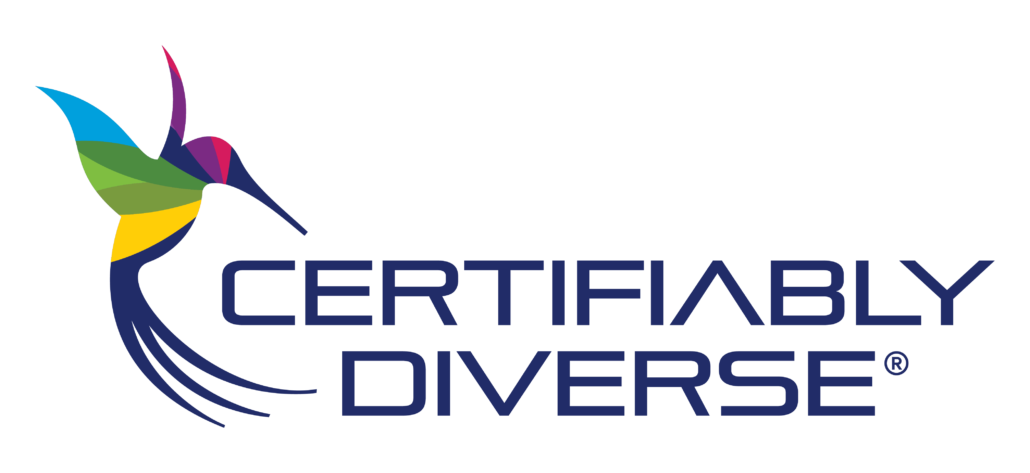Dek: Diversity isn’t something you can just focus on for a year or two — it needs constant effort. This article includes several methods you can use for ensuring that you meet and even exceed all of your diversity goals in the coming year.
2020 was perhaps the biggest year ever for companies involving themselves in diversity initiatives, and the momentum continued on well into 2021. Most importantly, this is no passing phase: a recent survey from Glassdoor found that over three quarters of employees say that a diverse workforce is an important factor they consider when choosing whether or not to accept a job offer.
Related: Achieving Diversity Demands Less Talk and More Action. And Good Intentions Alone Won’t Do It.
If 2020 and 2021 were the years of pledges, then 2022 must be the year of action. It’s one thing to announce an initiative, but it’s another to actually use it to reshape the operations of your business. If you’re looking to make diversity the name of your game in the coming year, here’s how to do it:
1. Stick with flexible work.
2021 was the year that most companies wanted to return to the office, though recent events have pushed that date even further back for some. One of the simplest ways to make it easier to diversify your workforce is by continuing to offer flexible and remote working options. While you may be sick of managing your team over Zoom, allowing for remote work greatly expands your hiring pool and makes it easier to attract candidates who will diversify your company as a whole.
Related: You Might Be Overlooking One Unexpected Factor About Your Company’s Diversity: Location
William McNeil, co-founder and CEO of Black Tech Jobs, summarized the importance of a shift to remote work well when he said that “as soon as you decide employees can work from anywhere, you can win the diversity battle, you can go where Black talent is.” Your base may be local, but your reach is unlimited once you fully embrace remote work. The sooner you do away with location barriers, the sooner you can give your team the diversity it needs.
2. Encourage diversity beyond your office.
Diversity doesn’t start and end at your company — it’s something that needs to be pushed for in all corners of the business world. Instead of focusing solely on the makeup of your team, look at the makeup of other businesses you deal with: vendors, suppliers, contractors, and so on.
Doing all of this may sound a bit tricky; finding suppliers and freelancers who can suit your needs is difficult enough as it is, so won’t focusing only on diverse partners just make things harder? Not quite. More and more tech tools are making it easier to maximize diversity, and ones such as supplier diversity management software Certifiably Diverse are helping businesses connect with diverse suppliers in their areas of need. Once you’ve diversified your own business, why not support others that have done the same?
3. Use data to maximize accountability.
The last thing you want to do with your diversity initiatives is leave them up to chance. That’s not to say that you should move straight into using quotas, but take a look at some of the data you have on hand. What percent of people you interview for roles are people of color? What percent of candidates of color make it past the first round? How many do you offer a role to? You need to have the answers to these questions on hand if you want to be able to track your own progress.
Related: 4 Trackable Metrics to Move the Needle on Diversity and Inclusion Goals
Once you know these numbers, you can work to push them in the right direction. Hilton, for example, has set a goal of interviewing at least 50% diverse candidates for each available role. Benchmarks like these are important for having both something to push for and something to measure your success against.
4. Listen to your employees.
Diversity is about creating a more inclusive and accepting workplace, so it’s a little odd to have all diversity mandates be imposed harshly from above. Instead, talk to your workers about what representation and diversity means to them. Face-to-face meetings work well for this, but you should also consider having anonymous feedback be an option. Your workers may be interested in more equity training, or they may want to see a new class of interns from more varied backgrounds. Whatever the case, put the needs of your workers first — they’re who this is all about.
Don’t let the momentum of 2020 and 2021 die out as you head into the next year. Fulfill your goals first, then strengthen them — let your diversity become something your company can stand by proudly.

